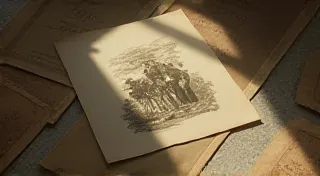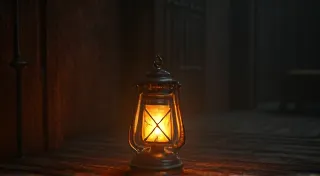The Cartographer's Gaze: Mapping Memory Through View-Master Experiences
There's a peculiar magic held within those circular discs of celluloid, a magic that transcends mere photographic representation. View-Master reels, those humble vessels of miniature worlds, offered more than just glimpses of faraway places; they curated experiences. They weren’t simply documenting reality; they were actively shaping how we perceived it, how we remembered it, and ultimately, how we felt about it. For those of us who collect them, these reels aren’t just antique toys; they are potent capsules of a bygone era, each one whispering stories of wonder and exploration.
I remember the smell of my grandfather’s workshop – sawdust and oil, with a faint undertone of the slightly musty, almost comforting scent of aged paper and old toys. The View-Master was always there, tucked away in a drawer, alongside his collection of antique woodworking tools. He’s gone now, but the memory remains as vivid as the brightly colored images that flickered to life in that plastic viewer. It wasn't just about seeing the Eiffel Tower; it was about the shared experience, the quiet reverence in his voice as he explained the history behind it. He didn't need to *tell* me it was beautiful; the View-Master, with its carefully selected images and slightly hazy quality, seemed to imbue the experience with its own form of inherent beauty.
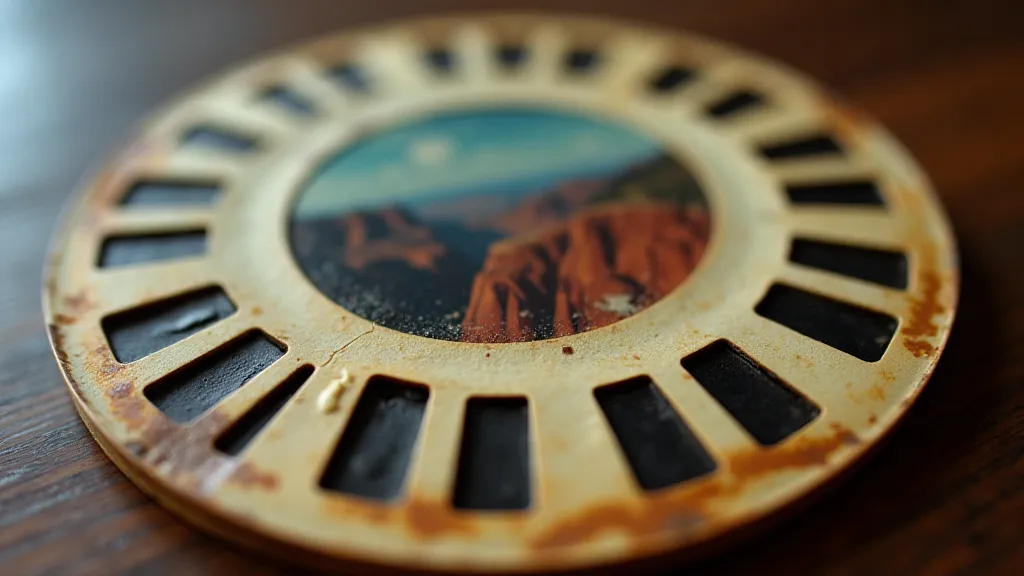
The Rise of a Miniature Atlas
The View-Master's story began in 1933, during the heart of the Great Depression. Edwin Catell, a visionary engineer, originally intended the device to be a novelty stereoscopic viewer for 3D photographic slides. The early reels were primarily focused on fine art reproductions. However, the potential for broader appeal quickly became apparent. The introduction of travel reels in 1938 proved to be a pivotal moment. Suddenly, families could "travel" to exotic locales without ever leaving their living rooms. This was a particularly compelling offering during a time when international travel was a luxury afforded to few. It tapped into a collective desire for escape, for adventure, for connection to a wider world.
What makes the View-Master experience distinct from other forms of documentation, like postcards or even photographs? Postcards, while offering glimpses of a place, are often stiff, formal, and intended for a recipient. Photographs, especially early ones, require a level of technical skill and processing that makes them less accessible. The View-Master, with its curated selection of images, its standardized format, and its inherent sense of wonder, democratized the experience of travel and discovery.
Crafting Perception: The Power of Selective Imagery
The brilliance of the View-Master lay not just in its technology, but in the artistry of its curation. These weren’t random snapshots. Each reel was painstakingly assembled, featuring the most iconic and picturesque scenes. The images were often idealized, carefully chosen to evoke a sense of wonder and romance. For instance, a reel showcasing Italy might emphasize the beauty of the canals of Venice and the grandeur of the Roman Forum, while subtly omitting the realities of post-war austerity. The viewer was presented with a carefully constructed narrative, a romanticized vision of the destination.
Consider the difference between seeing a photograph of a bustling marketplace in Marrakech and experiencing it through a View-Master reel. The photograph might capture the chaos and the grit, the smells and the sounds. The View-Master reel, however, might isolate a single, picturesque stall overflowing with brightly colored spices, presenting a more sanitized and aesthetically pleasing vision. It wasn't about deception; it was about crafting a specific emotional response. The images were presented as a highlight reel, a curated experience designed to inspire and delight.
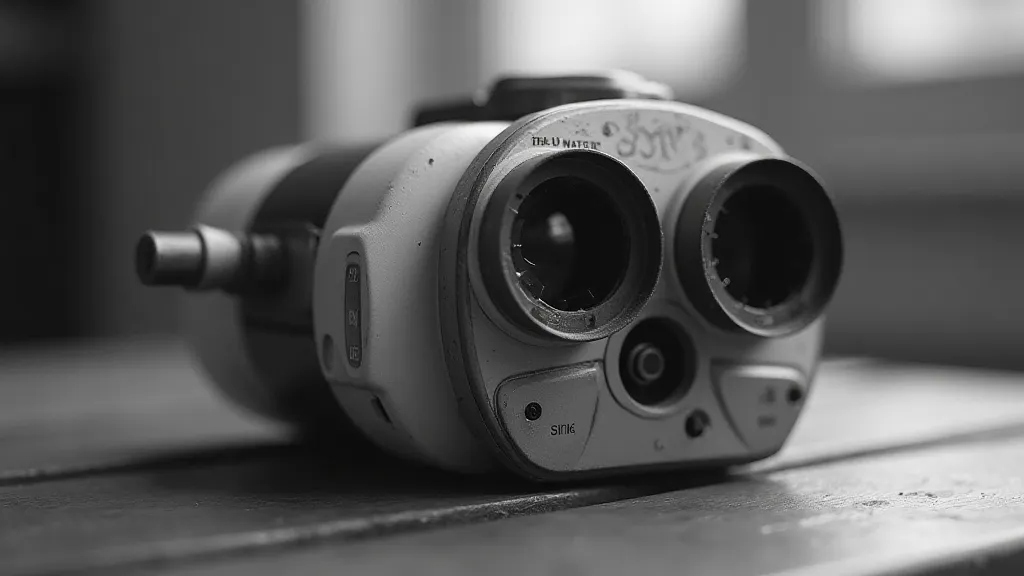
More Than Toys: The Social and Cultural Significance
The View-Master wasn't simply a toy; it was a cultural phenomenon. It permeated popular culture, appearing in countless movies and television shows. Children would trade reels with their friends, creating their own personal collections of destinations. The reels became status symbols, indicators of a family’s exposure to the wider world. They fostered a shared sense of curiosity and a desire for exploration.
The evolution of the View-Master reels reflects changing social attitudes and technological advancements. Early reels were primarily in black and white, gradually transitioning to full color. The introduction of stereo sound in the 1980s added another layer of immersion. The range of subjects expanded beyond travel to include Disney characters, space exploration, and historical events. The format’s longevity speaks to its inherent appeal – a blend of nostalgia, convenience, and the promise of adventure.
Collecting and Preservation: A Legacy in Celluloid
For collectors today, the allure of vintage View-Master reels lies in their ability to transport us back to a simpler time, to evoke memories of childhood wonder, and to appreciate the artistry of a bygone era. Completing sets can be a deeply rewarding, though often challenging, pursuit. Condition is paramount – reels are fragile and susceptible to damage from light, heat, and humidity. Original boxes, while adding to the value, are equally vulnerable.
Restoration is a delicate process. Cleaning reels requires specialized materials and techniques to avoid scratching or damaging the emulsion. Repairing damaged reels is an even greater challenge, often requiring a steady hand and a deep understanding of photographic processes. Many collectors choose to leave reels in their original, imperfect condition, preserving their history and character.
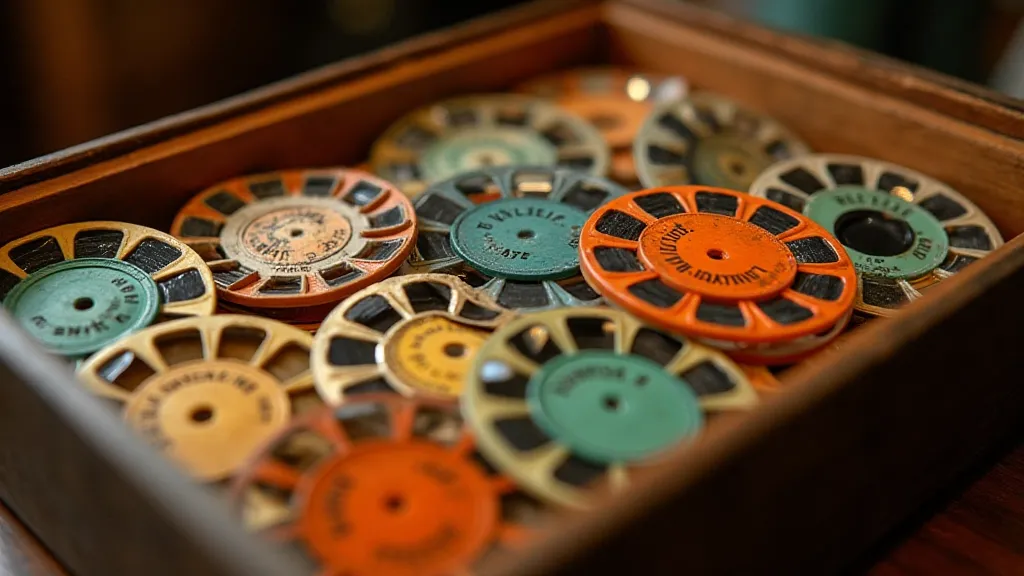
A Cartographer’s Legacy
The View-Master reels are more than just antique toys; they are historical documents, visual narratives, and powerful conduits for memory. They offer a unique perspective on how we perceive the world, how we curate experiences, and how we construct our understanding of place. As we hold these small discs of celluloid in our hands, we are not just holding a piece of history; we are holding a cartographer's gaze, a carefully constructed map of memory, and a testament to the enduring power of shared experience. The wonder they inspire transcends generations, inviting us to explore the world, one circular frame at a time.

